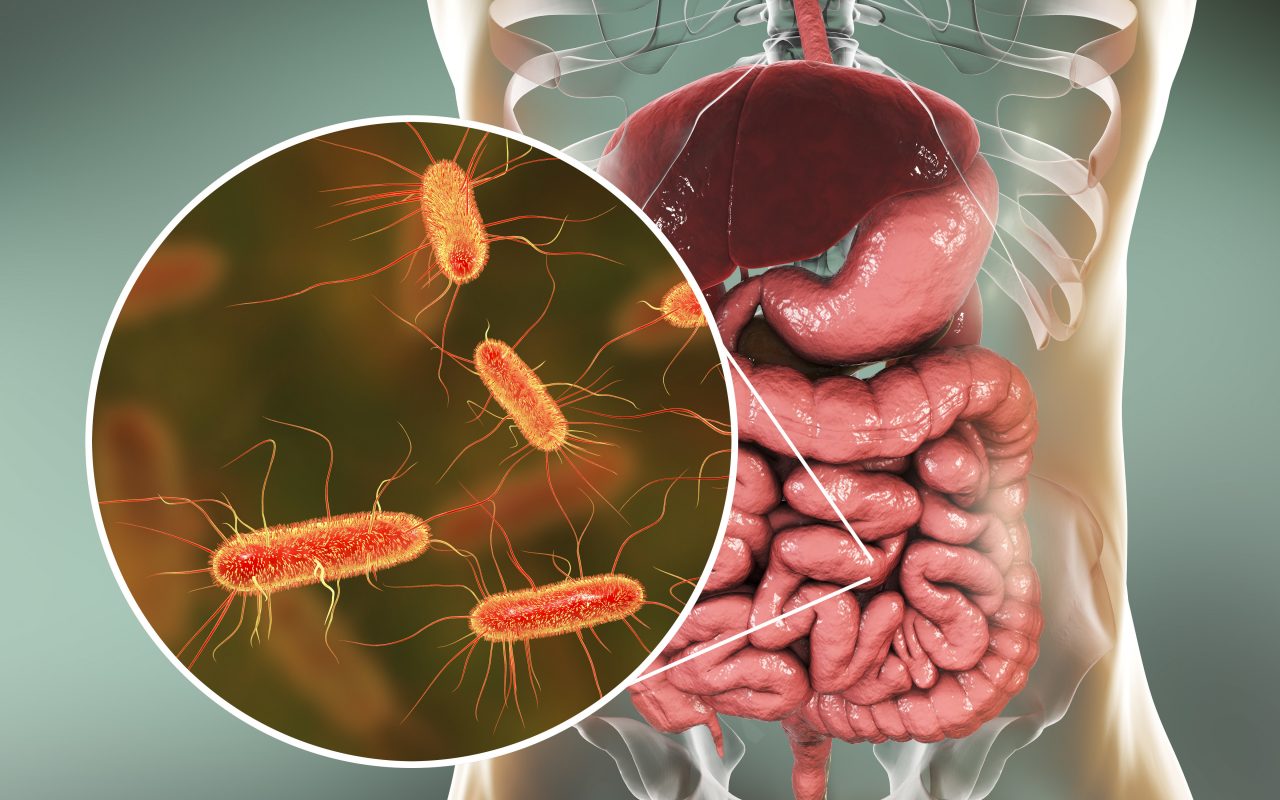Internal Bleeding Caused by Common Illness
For the past month, my wife has had two major bouts of severed diarrhea that was so bad that she was passing blood with her stools. On the first occasion, I took her to an urgent care center who in turn sent us to the emergency room. The doctor there diagnosed her as having ulcerative colitis and gave her some medications that included an antibiotic and a proton-pump inhibitor. She was also placed on a diet with no dairy, not low fiber, no fresh fruit or fresh vegetables, no processed or artificial sugars and no chocolate. She said that these dietary restrictions were like a death sentence.
Keeping to her new strict diet, several weeks later she had a second bout that was more severe than the first one. This time, I managed to get her in to see a gastroenterologist, who tested her for a variety of intestinal bacterial and parasitic infections but those tests were negative. The doctor then said that she did have a form of colitis and re-affirmed the same dietary restrictions given to her by the ER doctor. Again, it took several days for her to slowly get better, but the gastroenterologist insisted on a colonoscopy to determine what type of colitis.
Her ordeal is over and guess what? She does NOT have any form of colitis. Instead, the doctor diagnosed her as having diverticulosis. NOT diverticulitis, but diverticulosis. What’s the difference?
Diverticulosis is a condition where small pouches develop in the lining of the large intestine. Diverticulitis is when material (generally hard feces) collects in the pouches and become irritated and infected.
The doctor was very clear that the wife did NOT have diverticulitis, just diverticulosis.
Now for the paradox. Remember above when I said the diet for colitis is low fiber, avoid fresh fruit and vegetables, etc.? Well, that is also the diet for diverticulitis, but NOT for diverticulosis. The diet for diverticulosis is one of a high fiber diet filled with fresh fruit and vegetables and other foods that were restricted under a diagnosis of colitis.
In other words, the diet she was placed on under the assumption of having colitis was the exact opposite of the one she should have been on. That diet was likely the cause of her second and more serious bout.
The key to controlling diverticulosis is to keep the bowel movements from getting hard or constipated. The high fiber diet plays a key role in keeping the stools soft enough to pass through without getting trapped in those pouches.
So what kind of diet is recommended to help prevent diverticulosis from turning into diverticulitis? It depends upon what source you use, but summarizing several sites, here is what I found:
Insoluble fiber – better known as ruffage. Insoluble means they do not dissolve in water, but actually help collect water as they move through the intestines, thus helping to keep the stool soft. Insoluble fiber sources include whole wheat bread and other whole wheat baked goods, wheat bran, whole grains, some vegetables and fruits with the skins or peels, peanuts, Brazil nuts, popcorn and brown rice, flaxseed, whole rye to name a few.
Soluble fiber – plant fiber that dissolves in water. These are good because they help provide a host of beneficial bacteria to the gut. Soluble fiber also helps stool pass through the colon without leaving pieces in the diverticulum pouches. These include: oats in many forms, apples, oranges, grapefruit, peaches, concord grapes, strawberries, blueberries, blackberries, raspberries, prunes, pears, cranberries, beans (pinto, navy, black, red, kidney, lima, etc.), lentils, wild rice, pumpkin, sunflower, caraway seeds, cucumber, zucchini, tomatoes, poppy seeds, beets, carrots, sesame seeds, peas, broccoli, cauliflower, yogurt, cereals with fiber and psyllium as found in soluble fiber supplements such as Metamucil and Benefiber.
Additionally, some sources go against the norm and recommend a variety of nuts, seeds and probiotics. In fact, one source states:
From time immemorial, physicians have been advising patients with diverticulosis to avoid these items. Didn’t it just make sense that these could get inside colon pockets, rattle around and injure the colon wall? It was just like dried seeds inside a gourd that you can hear rattling around when you shake it. I have never agreed with this. I have never heard a patient rattling after eating these things. Furthermore, all of these items become digested or totally sodden and soft by the time they reach the colon. Most important of all, they contain excellent amounts of fiber, which is exactly what the colon wants. So, I have always recommended nuts, seeds and popcorn for diverticulosis patients. Now, I have been supported in this recommendation by a 2,007 study where a large number of diverticulosis patients who took these foods were matched against those who did not. You guessed it. The ones eating nuts, seeds and popcorn had less diverticulosis problems than those who did not.
Many sources say that diverticulosis is a Western culture condition due to the low-fiber diet common in most Western parts of the world. In fact, check this out:
Rural Africans who consume 50 or more grams of fiber a day over a lifetime do not get diverticulosis. Yet, they do when they eat a Western diet with low fiber.
If you’ve been told you have colitis and follow a strict colitis type diet and continue to have problems, then perhaps what you really have is diverticulitis that once cleared up, leaves you with diverticulosis, which requires the exact opposite diet. Finding out the truth can not only be life-changing but life-saving.








Recent Comments